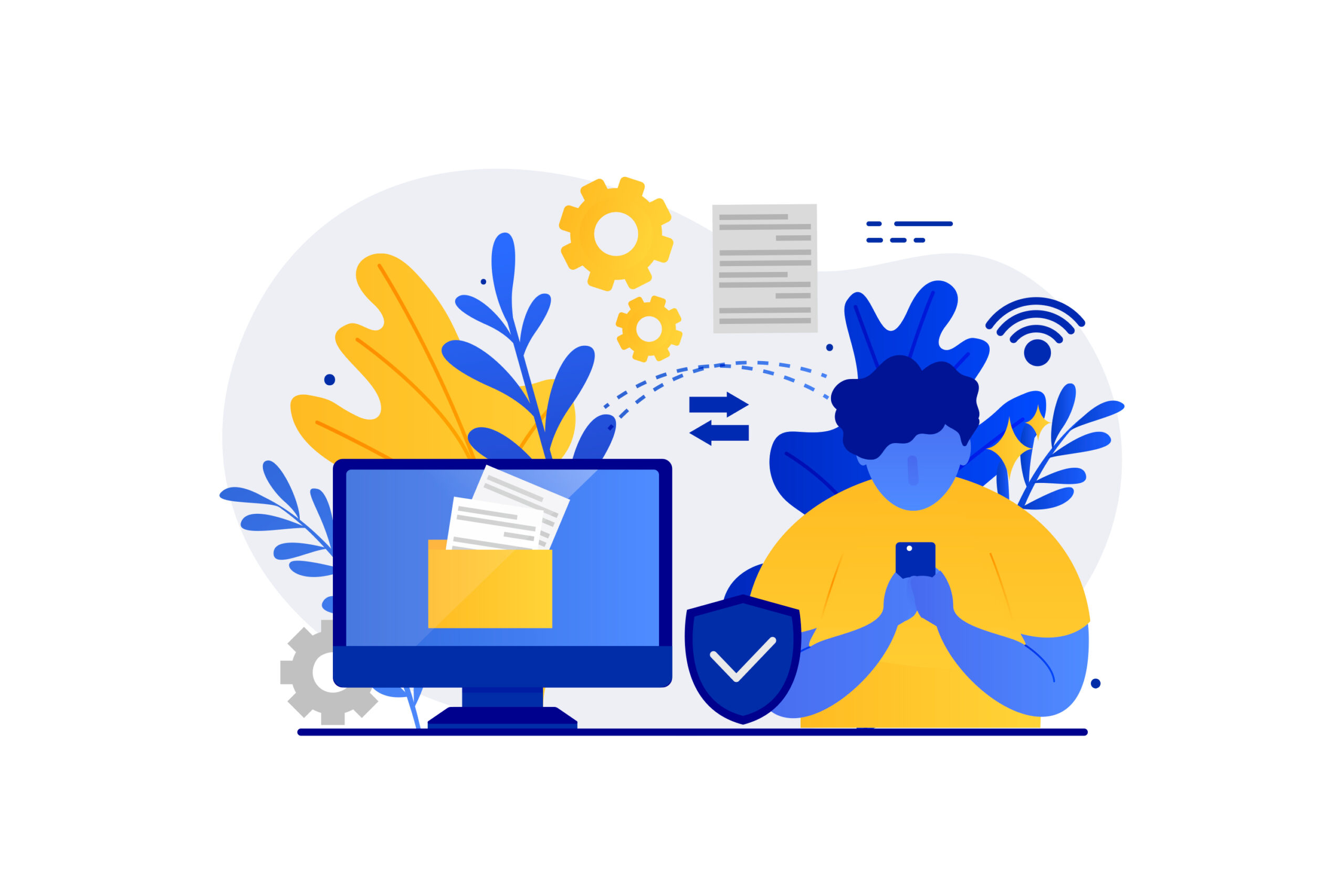
Why Too Much Information Can Hurt Your Trading Success
I want to talk about something that’s been bugging me lately in my trading journey – information overload. You know that feeling when you’re staring at dozens of charts, news feeds, and trading signals, and your brain just feels like mush? Yeah, that’s what we’re gonna discuss.
The Problem with Data Overload
Let me tell you a story. Last month, I was trying to make a simple trading decision about a tech stock. I had my usual charts open, but then I thought “hey, more data means better decisions, right?” Wrong! I ended up with:
- 15 different technical indicators
- 4 news feeds running simultaneously
- Social media sentiment analysis
- Multiple timeframe analysis
- Economic calendar alerts
And guess what happened? I froze. Couldn’t make a decision. Each piece of data seemed to contradict another one.
The Science Behind Decision Paralysis
You might be thinking “but how can more information be bad?” Well, our brains aren’t computers. Research shows that when we get too much information, we actually make worse decisions. It’s like trying to drink from a fire hose – you’ll probably end up more thirsty and wet than if you just used a regular glass.
Signs You’re Suffering from Trading Information Overload
- Taking forever to make trading decisions
- Feeling constantly stressed about missing something important
- Second-guessing every trade
- Having too many tabs open on your browser
- Subscribing to multiple data services but barely using any
The Solution: Streamlined Data Access
This is where having a reliable, consolidated data source becomes super important. I’ve recently started using Insight Ease API for my trading data needs, and it’s been a game-changer. Instead of jumping between different platforms, I get all my essential data in one place.
What Really Matters in Trading Data
- Price action (current and historical)
- Basic technical indicators
- Key fundamental data
- Important news events
That’s it! You don’t need 50 different indicators telling you the same thing in slightly different ways.
Creating a Minimal Trading Setup
Here’s what I’ve learned works best:
- Choose ONE primary data source
- Pick 3-4 technical indicators maximum
- Focus on ONE timeframe for analysis
- Set specific times to check news
Tools That Help
If you’re looking to streamline your trading process, you might want to check out the stock data API documentation. It’s helped me create a much more focused trading approach.
Real Results from Less Data
Since I’ve simplified my approach:
- My trading decisions are faster
- My stress levels are lower
- My win rate has actually improved
- I spend less time second-guessing myself
How to Start Simplifying
- Audit your current data sources
- Identify overlapping information
- Pick one main platform for data
- Remove redundant indicators
- Set specific times for market analysis
Remember, successful traders often use less information, not more. They focus on understanding their chosen indicators deeply rather than having surface-level knowledge of many.
FAQ
Q: Won’t I miss important information if I reduce my data sources?
A: Not really! Most important market moves are captured by basic price action and a few key indicators.
Q: How do I know which data to keep and which to eliminate?
A: Keep the data that you actually use to make trading decisions. If you haven’t used certain indicators in your last 10 trades, you probably don’t need them.
Q: Is it worth paying for a consolidated data source?
A: Yes! The time and mental energy you save is worth way more than the subscription cost.
Q: How many technical indicators should I use?
A: Start with 2-3 maximum. I personally use just moving averages and RSI most of the time.
Conclusion
Look, at the end of the day, successful trading isn’t about having ALL the information – it’s about having the RIGHT information and knowing how to use it. Start simplifying your trading approach today, and you might be surprised at how much better your decisions become.
Remember, sometimes less really is more in trading. Focus on quality over quantity when it comes to your data sources, and make sure you’re not overwhelming yourself with unnecessary information.
Have you experienced information overload in your trading? How do you deal with it? Let me know in the comments below!
P.S. If you’re interested in streamlining your trading data, check out Insight Ease’s main features. It might be just what you need to simplify your trading process.

